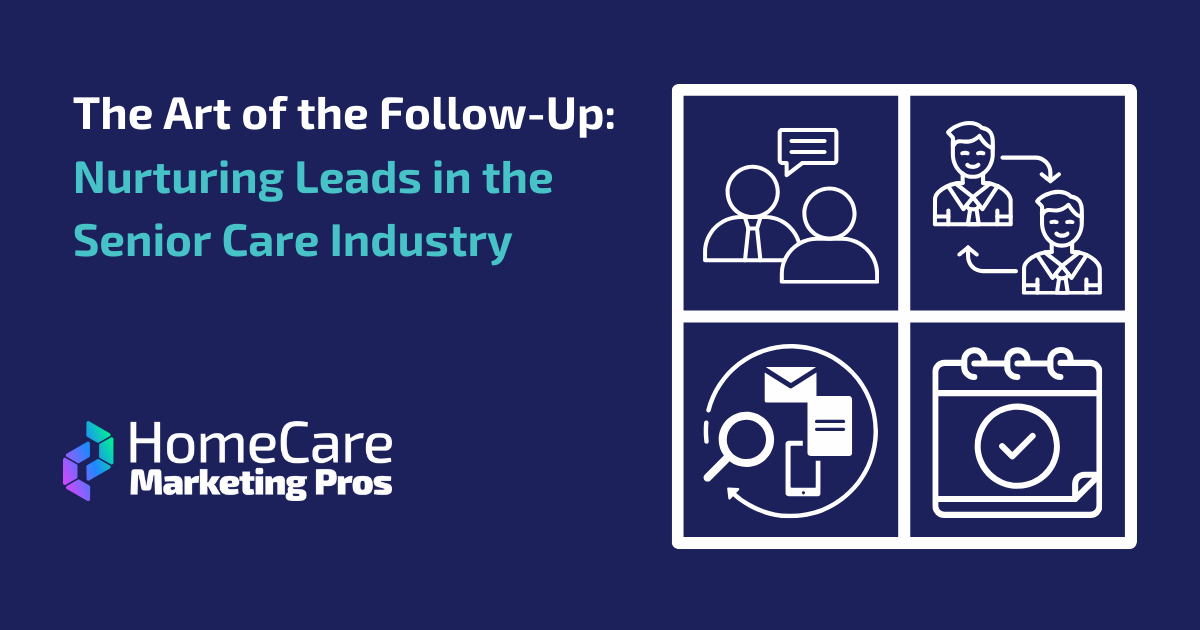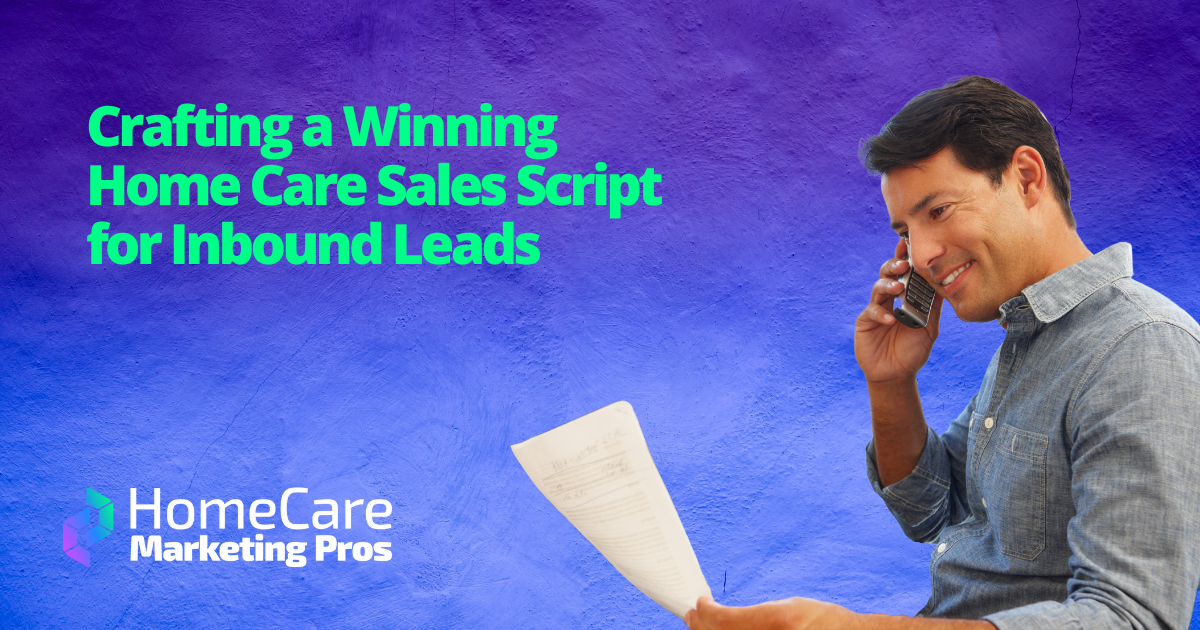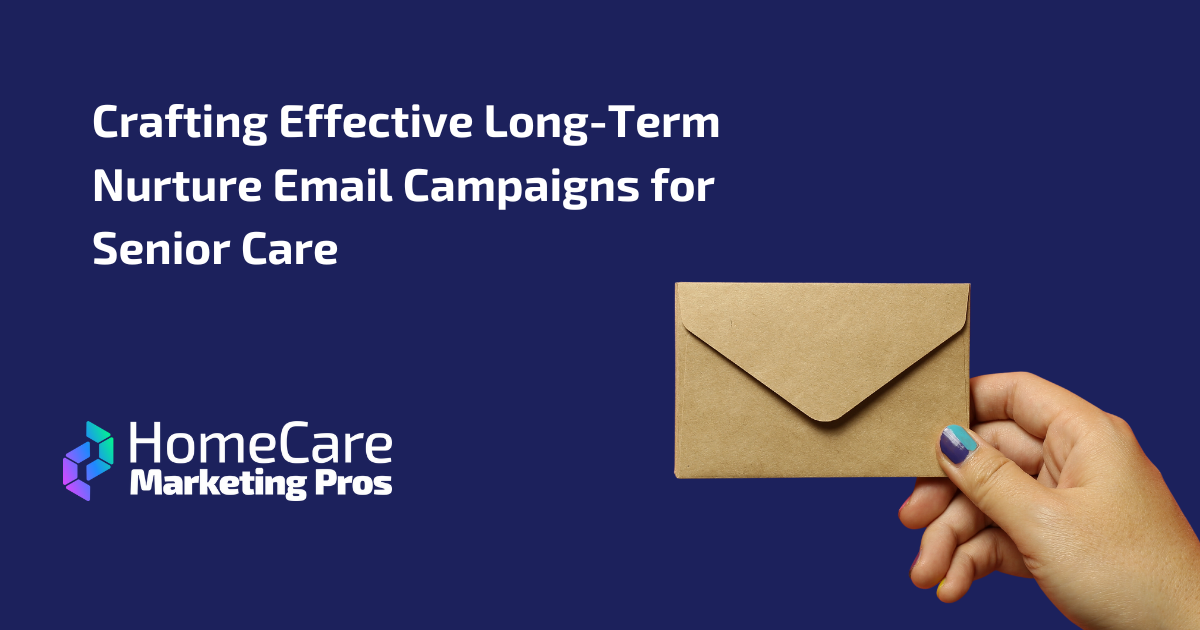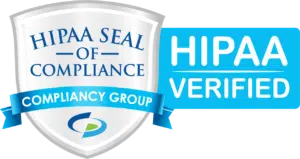The Art of the Follow-Up: Nurturing Leads in the Senior Care Industry
How to guide your leads to clients with carefully planned lead nurturing

A client lead is only as good as the follow up. A warm lead is of no use unless you meet them where they are.
To convert those leads into clients, you’ll need to build a trusting relationship. Good lead nurturing requires planning, attention, and coordination among your client care team. It also requires persistence: Only 2% of sales are closed at the first meeting. If you’re going to convert client leads into customers, then you’ll need to finesse the art of the follow-up and build a lead nurturing program.
Senior care industry lead nurturing 101
It’s estimated that 80% of sales occur after five follow-ups, this means that between initial contact and sale, you have to nurture those leads.
Nurturing is the process of building relationships with your potential clients over time, usually through regular contact designed to educate them about your agency, demonstrate to them how you can meet their needs, and get to know them as people.
Why nurture? Because nurtured leads make almost 50% more purchases than leads that aren’t nurtured.
To start nurturing your leads, it’s best to “score” them, by evaluating their readiness to buy. There are four ways to score leads:
- New lead: This lead is totally new to you and you may know very little about them.
- Warm lead: The lead is interested and qualifies as an ideal client, but they may need some more persuading before they buy.
- Hot lead: This sale is ready to close, all that’s left is to push it over the finish line.
- Cold lead: The lead has lost interest, gone with a competitor, or otherwise exited the market. Cold leads should be abandoned—at least for the time being—but kept in your marketing automation engine.
How do you know when a lead has gone cold?
There are a few ways to know it’s no longer worth it to pursue a lead:
- They don’t qualify as an ideal client: Some leads aren’t right for you because you don’t offer the services they’re looking for, you don’t work with their insurance carrier, or they’re looking for a different price range.
- Exited the market: Some leads will tell you that they’re no longer interested or no longer in the market for senior care services. It’s clear that those leads have gone cold.
- They haven’t responded after three unanswered follow-ups: This is often the most disappointing, but it happens. If the client has not responded to you after three unanswered direct contacts, or five follow-ups if they did engage at some point, then it’s time to abandon the sale for now. Keep this kind of lead in your email drip campaigns.
To nurture a lead, you’ll need:
Personal contact: As early as possible, make contact with the lead to start them on their customer journey. Ideally, by phone or email.
Automated contact: Between points of personal contact, continue to engage your leads with ongoing marketing, like email drip campaigns, social media marketing, or text messaging campaigns.
Engagement: Consult your marketing automation platform to see if they’ve engaged with emails or responded to phone calls or text messages. You may learn that the lead has gone cold and your energy is best spent elsewhere.
Trust: In order to close that sale, your client leads must trust you. Senior care is a very personal business, and that client needs to be sure that your agency can consistently and conscientiously care for themselves or their loved ones. Take the time to build trust.
Understanding: You may be interested in selling your latest services, but if that’s not what the lead needs, you’ll lose that sale. Lead nurturing requires contact tailored to their needs and concerns, so ask lots of questions.
A lead nurturing campaign: Once someone fills out a contact form on your website, it should alert one of your senior care sales executives to reach them via their preferred contact method, and it should add that lead to an email list that stars them on an email drip campaign. Lead nurture campaigns are multifaceted and usually include some combination of:
- Social media
- Phone calls
- Text messaging
- Events
- Content marketing and thought leadership
How to follow up with a lead
Eighty percent of sales require five follow-ups to close the deal. When following up with client leads, time, quality, and consistency matter. Here’s how to turn your leads into clients.
Assign follow-up tasks
You don’t want to lose a potential sale because everyone thought it was someone else’s job to follow up. You also don’t want to bombard new leads with multiple contacts from multiple people.
Your CRM (that’s customer relationship management) platform can assign new leads and trigger notifications to sales representatives to reach out, and track those follow-ups so you can move them seamlessly through the customer journey.
Follow up quickly
Following up within an hour makes it 7x more likely that you’ll key the key decision-maker on the phone.
In the senior care industry, many leads need an answer quickly—they’re preparing to leave the hospital after an unexpected emergency or they need someone to care for their elderly parents now that their work schedule has changed. Don’t wait so long that a competitor scoops them up.
Personalize the follow-up
When following up with your potential client, specifically address the services they’re interested in or the question they raised—show them you’re listening and have been preparing to meet their needs.
When following up for the first time, mention their initial contact:
Hi! My name is Hannah and I’m a client services coordinator at Sunnyvale Senior Care, calling for Barbara Mitchell. I saw that you filled out our online inquiry form about in-home occupational therapy. I’d be happy to give you more information and hear more about what you need. Is now a good time to talk?
Respond by mentioning your last conversation:
When we spoke on the phone last week, you expressed some interest in our Alzheimer’s care services. I found some additional information on that for you!
Ask questions:
I know you’re interested in our habilitation care programs. What questions can I answer for you? What are your concerns?
Use their preferred form of communication
One of the best ways to maintain contact with your leads is to use their preferred form of contact. You can ask for their preference on your contact forms or at the first follow-up.
Try a second kind of follow up
If you have a warm lead who stops responding, try a second form of contact. If they haven’t been responding to phone calls, send them a friendly email, or vice versa.
Your email might look like this:
Hi Mr. Cuthbertson,
I’m following up on our phone call from last Monday. You expressed interest in our care management services, and we would love to help you find the best arrangement for your parents. Please let me know any concerns you have, any questions. I’m happy to help!
I’ve attached some additional information about our managed care program and the insurance carriers we work with.
Sincerely,
Sharon Peters
(804) 555-7620
Make it easy for them to contact you
Your leads should know how to easily contact your senior care agency. Put contact information in your emails, on your website (we love a click-to-call button), and on your Google Business Profile. To never miss a lead, enable client text messaging or Google Business Messages.
Track your follow-ups
Keep track of every lead follow-up you make. This monitors their progress through the sales cycle and helps avoid duplicating contact.
Track the type of follow-up and the result of that interaction. Store it all in your marketing automation platform and learn from the data over time.
Know when the lead has gone cold
Sometimes, a lead just goes cold. It’s disappointing, especially if they were once close to becoming a paying client. It’s important to know when to let it go. If a client has not responded after three unanswered contacts, or five if they engaged at some point, then it’s time to retire it.
However, don’t put them in the bin. Store that information in your marketing automation platform. That way, if they do reach out in the future, you can reference past conversations and continue to nurture that relationship: Mr. Greene! It’s good to hear from you. I remember you were asking about our companion care programs last year. How is your dad doing?
Make following up on leads a breeze
Learn more about Home Care Marketing Pros' CareFunnels platform! Our innovative solution ensures speedy responses to your agency's leads and provides ongoing nurturing to keep them engaged.
Additionally, it offers helpful reminders for your staff to follow up effectively. Experience the full potential of CareFunnels by watching our immersive demo today!












